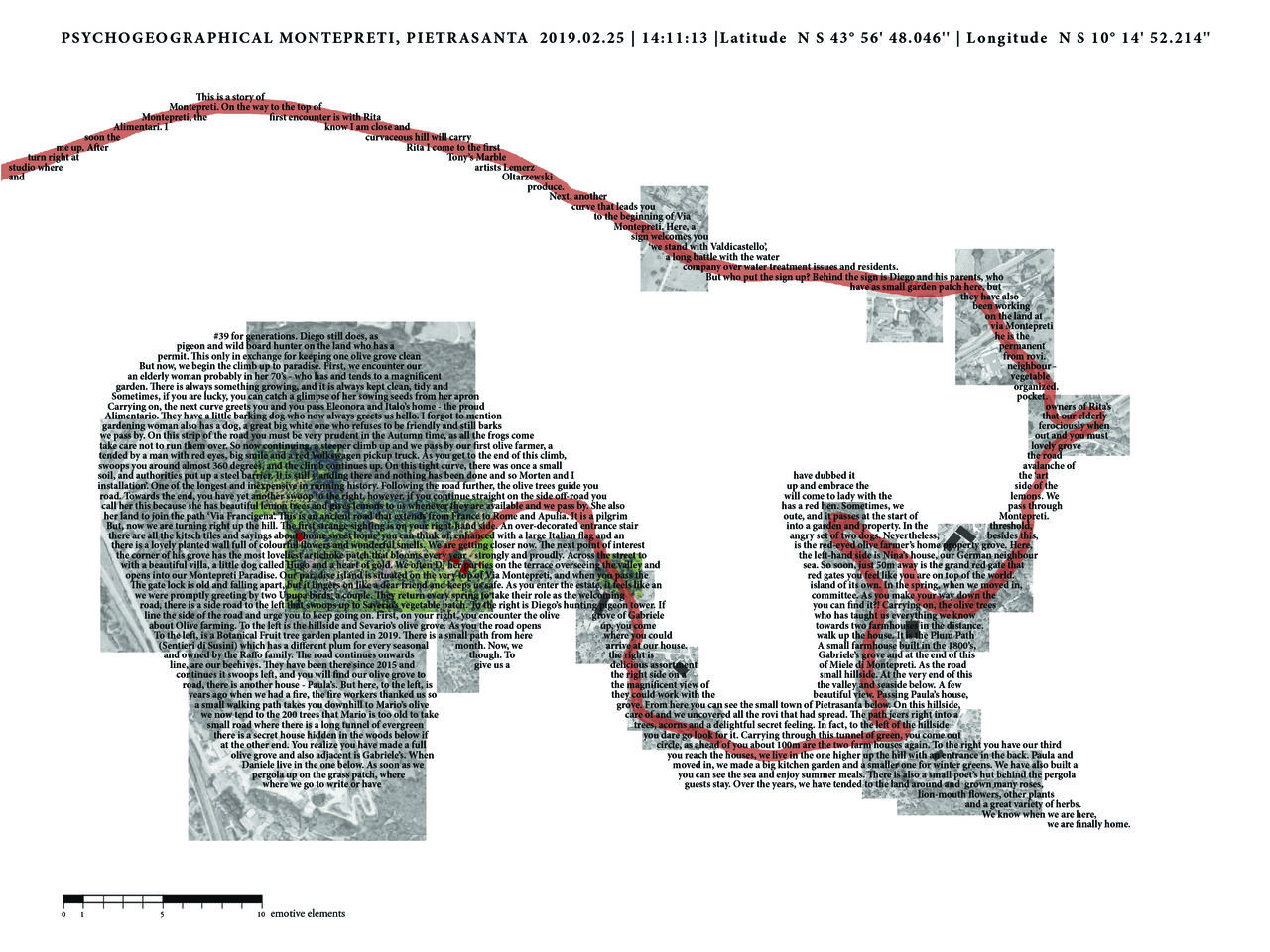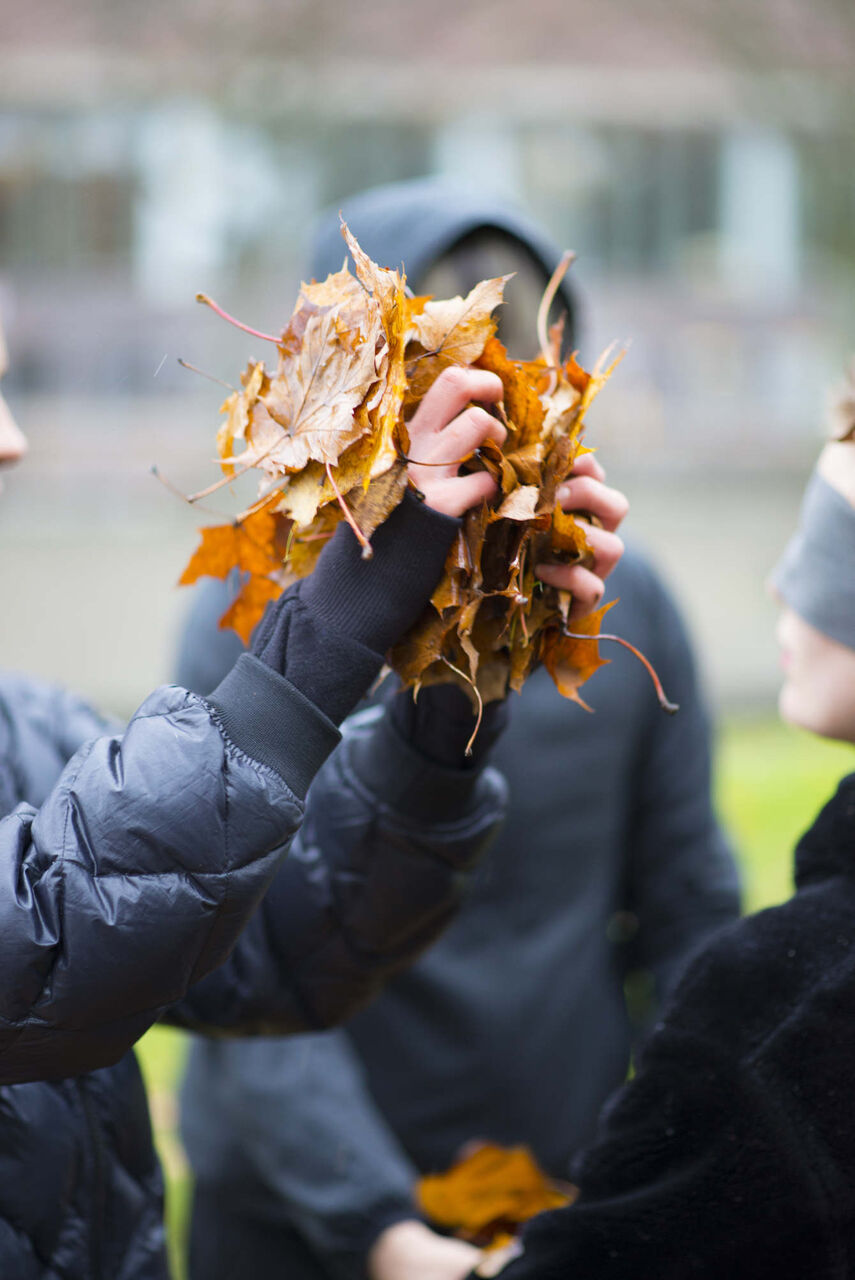Performing the Unknown
Human skins moved by the myriad skins of the Earth.
Including excerpts from Wild Poethics, PhD thesis exploring relational and embodied practices in urban-making.
With gratitude to my butoh and body weather teachers – Carmen Olsson and Caroline Lundblad (Frauke) – for their training and our collaborations over the years.
We work with our senses, bodies, and gravity.
We observe, relate, engage with material.
We make kin with life-forms, energetic, and atmospheric phenomena.
We attune to our surroundings through embodied modes of learning, being, and doing.

We are attempting to refine our ecological sensibility that “will enhance receptivity to the impersonal life that surrounds and infuses us, will generate a more subtle awareness of the complicated web of dissonant connections between bodies, and will enable wiser interventions into that ecology”. Jane Bennett, Vibrant Matter
In some cases, we are invited to attune as a species — to make kin with other-than-human beings. To be alert with the world. Horizontal, on par with all organisms living with us, regardless of size. These relations are based on care and empathy, and foster a sense of interaction, humbleness, and responsibility.
We can notice, observe, remember, and archive.
We can settle, slow down, and pay attention.
We can drift, perform, and embody.
With the whole human sensorium engaged, performance becomes a critical part of the transformation process.
To “embody”, “configure”, “inscribe”, “signify”, assert the possibility of materializing something that exceeds our knowledge, that alters the shape of sites and imagines other, as-yet-unsuspected modes of being.
There is an imaginary power in performing the unknown. When we embody something that is not directly accessible to us, we can materialise its presence. Through movement, for example, the way we see can change. We bring to the surface an ethics we did not consider before. Performance can be transformative. It can move us to act.
As place is sensed, senses are placed; as places make sense, senses make place
Everything in our surroundings is “life-full”. It off-gasses, it affects, it creates conditions that may or may not be good for the environment. It certainly is not “lifeless”. A plastic bottle, a dead mouse, a face mask. These are complicated networks of debris that act on the environment.
Humans make and increase debris. If you take a walk through the debris of the street you live on, what do you notice? What neighbours with you? With whom and what do you share your space? What force fields exist between things and their environment?

Psychogeographical mapping of Montepreti 2016
Humans are simultaneously too powerful and too vulnerable. Our species identity is in trouble. We are in consequence. Yet how to understand this by embodying it, rather than by being scolded?
Although I don’t clearly understand what I’m doing, nor perhaps do you fully grasp what you’re seeing, yet it still comes to life like this, unexpectedly. I want to keep dancing in such a way that deeply touches you for some inexplicable reason. (...) Your every movement, regardless of how small, carries huge consequences. No matter how fiercely the wind roars, remain calm.
My embodied practice is closely tied to Butoh (舞踏) – a movement practice with its origins in post WWII Japan. Founded by Ohno Kazuo and Hijikata Tatsumi, Butoh arose during a turbulent moment in Japanese history, in the aftermath of a brutal war. Intentionally difficult to define, Butoh resisted both the traditional values of Japanese aesthetics and the fetishisation of the West. Instead, it sought to embody the mundane earthbound physicality, where the body is being moved by external forces, rather than consciously moving on its own. More recently, since the 1980s, a branch of Butoh called Body Weather evolved, concentrating on the relationships between the human bodies and the landscapes they inhabit. It is taught by Min Tanaka on a rice paddy farm in Hakushu, a village near Tokyo. Human skins moved by the myriad skins of the Earth.
The body that measures the landscape, the body in intercourse with weather, the body kissing mass of peat, the body in love-death relation to the day.

My Body Weather practice often takes place in nature. I practice blindfolded. My motor of movement arising from my hips. Knees bent. Limbs hanging and loose.
I am – a leaf, a branch, a root, a stone. Some Lithic Attunement Exercises
I am compost.
I am a nature.
If we think with our bodies,
then we must think about nature
with our bodies too.
🍂
Further reading & references